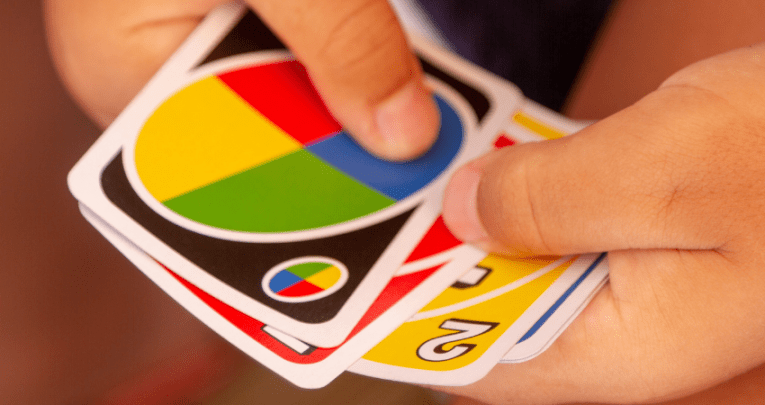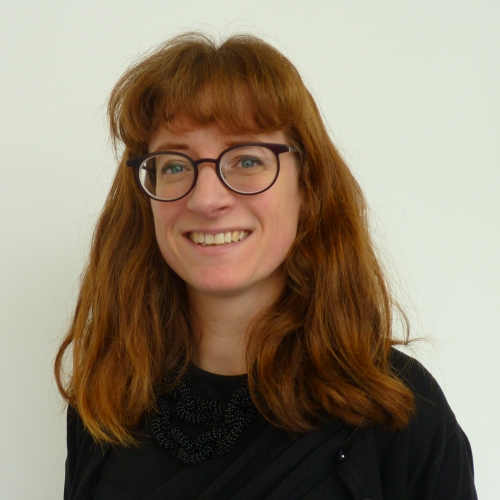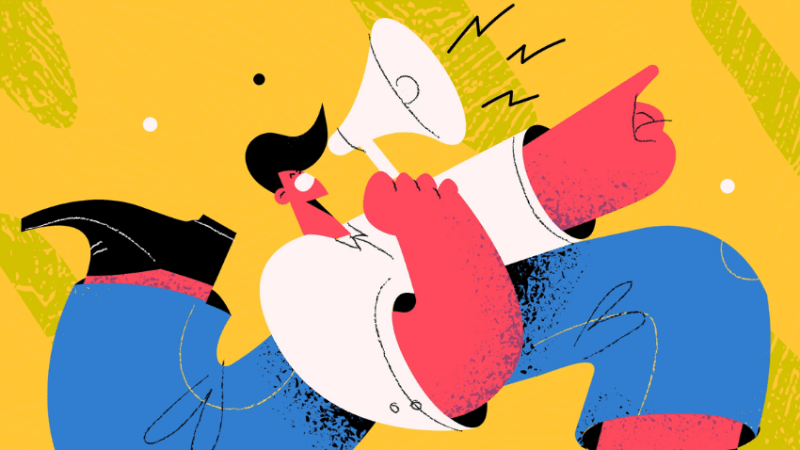School day – 6 inventive ways to start yours

Mornings feeling a bit gloomy? It’s time to bring some pizazz to proceedings…

- by Hannah Day
- Head of art, media and film at Ludlow College Visit website

Crack out the karaoke
Karaoke is a great way to increase fluency in reading and have fun at the same time. You can structure it in a range of ways: singing in house groups or teams to win points, or having each child delivering one line of the song at a time, passing the mic in between.
However you do it, children will be reading the lyrics on screen, and the wider the variety of songs, the more words they are likely to learn.
Just make sure you check song content beforehand and have a list of pre-agreed tunes for pupils to choose from. If a child requests something you don’t know, jot it down and read the lyrics first.
Watch with subs
A study by the Nielsen agency found that adding 30 minutes of subtitled film songs to lessons each week increased the number of pupils rated as good readers from 24 per cent to 56 per cent.
The idea is simple. Kids will recognise many films songs, so add text to these tunes to match something familiar with something new.
In India, the state broadcaster, Doordarsahn, has been adding Hindi subtitles to videos of Hindi songs as part of a bold literacy campaign. We could do the same in UK schools at the start of the school day.
Deal out some cards
For younger children, the classic game Uno will help speed up their identification of numbers from one to nine. Or why not have a game of body parts snap to start the school day?
For older children there are plenty of games they can play with a standard pack of cards that will help with basic maths.
Race to 100 is all about addition, whereas Gain and Loss also covers subtraction. Want to give them a bigger challenge? Games such as Fraction War and Place Value War cover just what you would expect (find the rules to all these games online).
Ditch the writing rules
Forget fronted adverbials – we don’t need them here. All children need is an exercise book, a pencil and no rules other than to write. Pupils might choose to work on a story, or research a topic that interests them using a source book, or they may write poetry or a play to kick off the school day creatively.
Let them know that you won’t mark handwriting, spelling or punctuation. The point is for them to simply enjoy writing and to see how this skill can allow them to explore what they are interested in.
Trending
This ‘creativity without constraints’ approach is designed to build confidence and enjoyment, which should in turn support the more formal writing that is required for assessment.
Solve some pesky problems
Imagine a session that could increase confidence and a sense of achievement, build teamwork and collaboration skills, and increase metacognition and long-term knowledge retention.
Sounds great, yes? Well, practical problem solving does all of this. From visual problems to physical ones, there are so many options.
Can students place three yellow, three blue and three red tiles in a grid, making sure no two pieces of the same colour are next to one another? Or can they map a route through the school, completing certain tasks and seeing which way is the quickest, from visiting the head to finding out who was hockey champ in 1984 according to the plaque in reception?
Improvise!
Improvisation exercises can improve listening skills, collaboration, risk-taking (the good kind) and, according to Mary DeMichele, a classroom improv expert, writing skills.
Start simple: in ‘Yes and…,’ each player has to build on the idea of the person before them. It’s quick to understand, positive and affirming.
For group work, try ‘And then…’. Get the class into a circle. The first person starts the story by telling and acting out their idea. The story then moves to the next person, who adds to what came before.
Each pupil offers a small addition to the tale, with the aim being for the complete story to make sense, with a beginning, middle and end, by the time the last person has finished. This way students need to consider what has come before, what could come next and where they are in the circle.
Hannah Day is head of art, media and film at Ludlow College.










